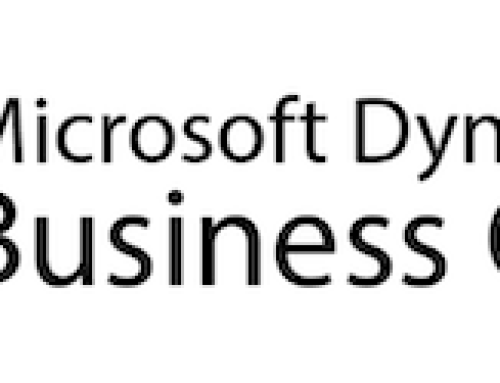We’ve written about business accounts in Acumatica before (we even used the L-word – that’s how great it is), but in this blog series about the features that set Acumatica apart, the topic bears revisiting. Business accounts are Acumatica’s way of saying “anyone we do business with,” whether they’re a prospect, customer, vendor, employee, or (most problematic if you’re still on Microsoft Dynamics GP) a combination of one or more of those.
Master Records in Legacy Systems
Anybody on a legacy ERP (from Dynamics GP to Sage to something industry-specific like Epicor) is well-aware of the realities that come with having the various master records housed in separate databases. Their team spends a lot of time becoming SQL server experts, because that is what is required to link the databases for reporting purposes.
You have one database with all the customer master records, used by accounting and sales to keep tabs on what customers are purchasing, what they owe, where they’re located, etc. Another database exists for vendors, used by accounting, of course, but also the purchasing department, etc. If the company utilizes a CRM system, that is another database housing prospects, opportunities, and more. In Dynamics GP, salespeople are also set up as a “vendor” in order to more easily provide reimbursements.
That’s still straightforward enough, as long as there is no scenario in which a customer could become a vendor, or someone’s billing address is different than their main office address, or if a salesperson needs to be reimbursed. Those are totally uncommon scenarios, though, right?
Business Accounts Create Single Version of the Truth
Obviously, businesses are complex and dynamic. Rarely are business processes able to be neatly assigned to a single simple workflow. Legacy platforms acknowledge this, of course, but on-premises servers were limited in their capabilities. Multiple databases were really the only possible solution, lest a single database get so bloated that it was rendered slow and useless. However, it is still a clunky process to link databases, and rife with errors, redundancies, and multiple versions of the truth.
Acumatica wasn’t born in a world limited by server space, though; it was built in the cloud. There was no need for Acumatica developers to follow the old methods, so they created the concept of business accounts.
Business accounts take all the various descriptors a contact could have (e.g. vendor file, a vendor master, a customer master, and employees) and brings them together, and all business accounts reside in just one database. There’s just one place to go to get the information you need about an entity, no matter your relationship with them.
A business account, therefore, really just means “someone we have a relationship with.” No matter who they are, no matter which department is accessing their info, and from where. Everything is in one spot, updated in real time, and accessible to anyone with permissions. How is THAT for end-to-end connectivity?
We know first-hand how daunting the switch to a modern ERP system can be, but the benefits truly are innumerable.
Contact CAL to schedule a discovery call, we’d love to learn more about your company and the benefits of an end-to-end connected cloud ERP system like Acumatica.
By CAL Business Solutions, Connecticut based Acumatica Consultant and Microsoft Dynamics GP Consultant, www.calszone.com
Follow us on Twitter: @CALERPNEWS

















